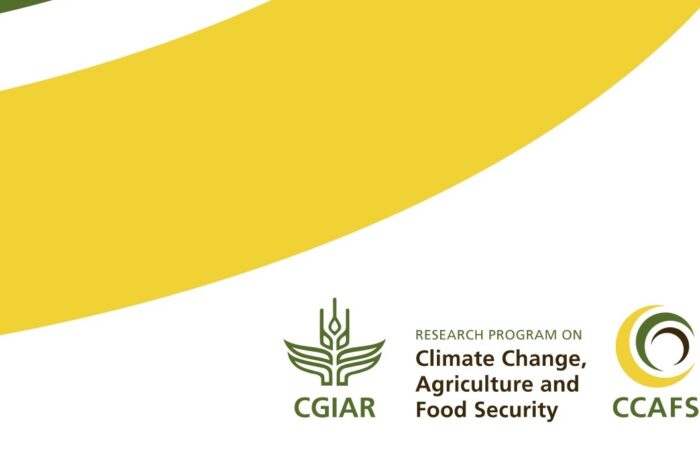
Abstract
The attention for climate change is increasing all over the world. Anthropogenic emissions of greenhouse gases (GHG) that cause unwanted global warming, are the main cause of this climate change. Livestock farming, especially dairy farming is a significant contributor of the emission of GHG. In China, the growing demand for dairy products has prompted the dairy sector to increase production. With the expansion of dairy processors and large dairy farming groups, concerns have arisen about the GHG emissions from the dairy farming sector. Therefore, the identification of the main factors affecting emissions from dairy farms and feasible mitigation options are crucial for reducing the emission for the dairy sector in China. It is well known that applying renewable energy sources and the upgrade of environmental controlling equipment such as manure treatment can help to reduce GHG emissions. However the biggest source of greenhouse gases on dairy farms is the process of enteric fermentation in the rumen that releases methane. The reduction of enteric emissions is an important mitigation option on dairy farms. This can be done by options such as improving nutrition and dairy herd management and many more mitigation options. To come to recommendations about effective, profitable mitigation and tailor-made mitigation options, we developed an approach in which improving the efficiency of the dairy farms is combined with the reduction of GHG. Measuring and monitoring technical efficiencies and GHG are important first steps of this apporach. The second part consists of recommending farm specific best practices that improve the efficiency and reduce GHG emission. Keywords: Dairy farming; climate change; greenhouse gas; mitigation








